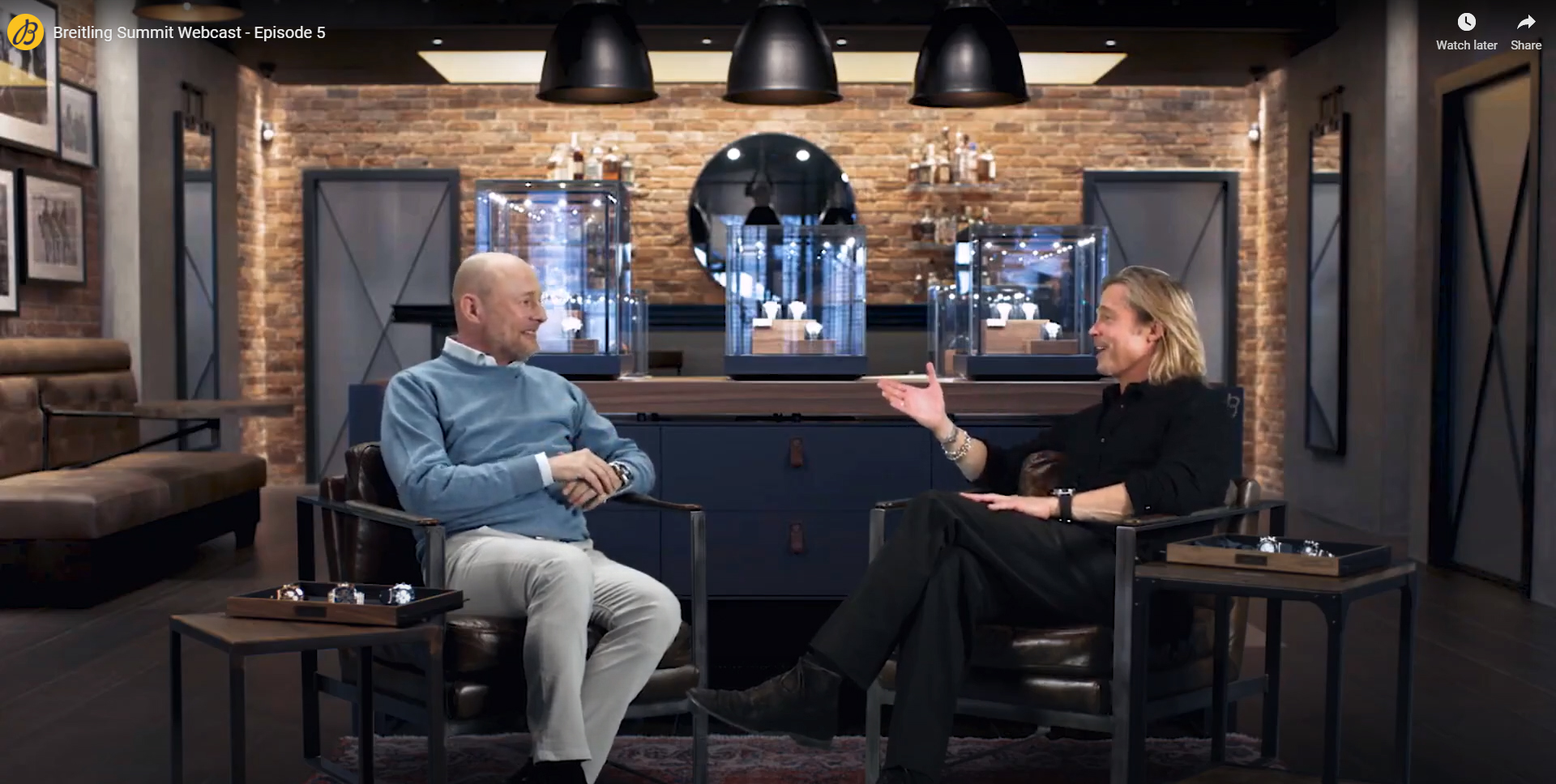There has never been a better time to reboot a watch brand. Demand is rising both vertically and horizontally as new customers and established collectors increase their spending. This, writes Tim Barber, is helping CEOs at Zenith, Breitling, Cartier and Louis Erard to pull off high-profile transformations.
Zenith launched the Chronomaster Sport at midnight on Thursday, January 21 last year. “So I went to bed,” says Julien Tornare, the brand’s CEO.
“When I woke up, I was being bombarded with messages from Asia and the US west coast, and then from everywhere right through the weekend. People were excited. We realised something really big was happening.”
The Chronomaster Sport, a 41mm all-rounder sports chronograph on a bracelet, is the watch that Zenith has previously either been too modest, too hidebound or too unsure in its thinking to come up with. Work on it began soon after Mr Tornare’s appointment in 2017, with the objective of creating an unashamedly commercial watch that would appeal to those who knew nothing of Zenith’s long history, while pleasing those who did.
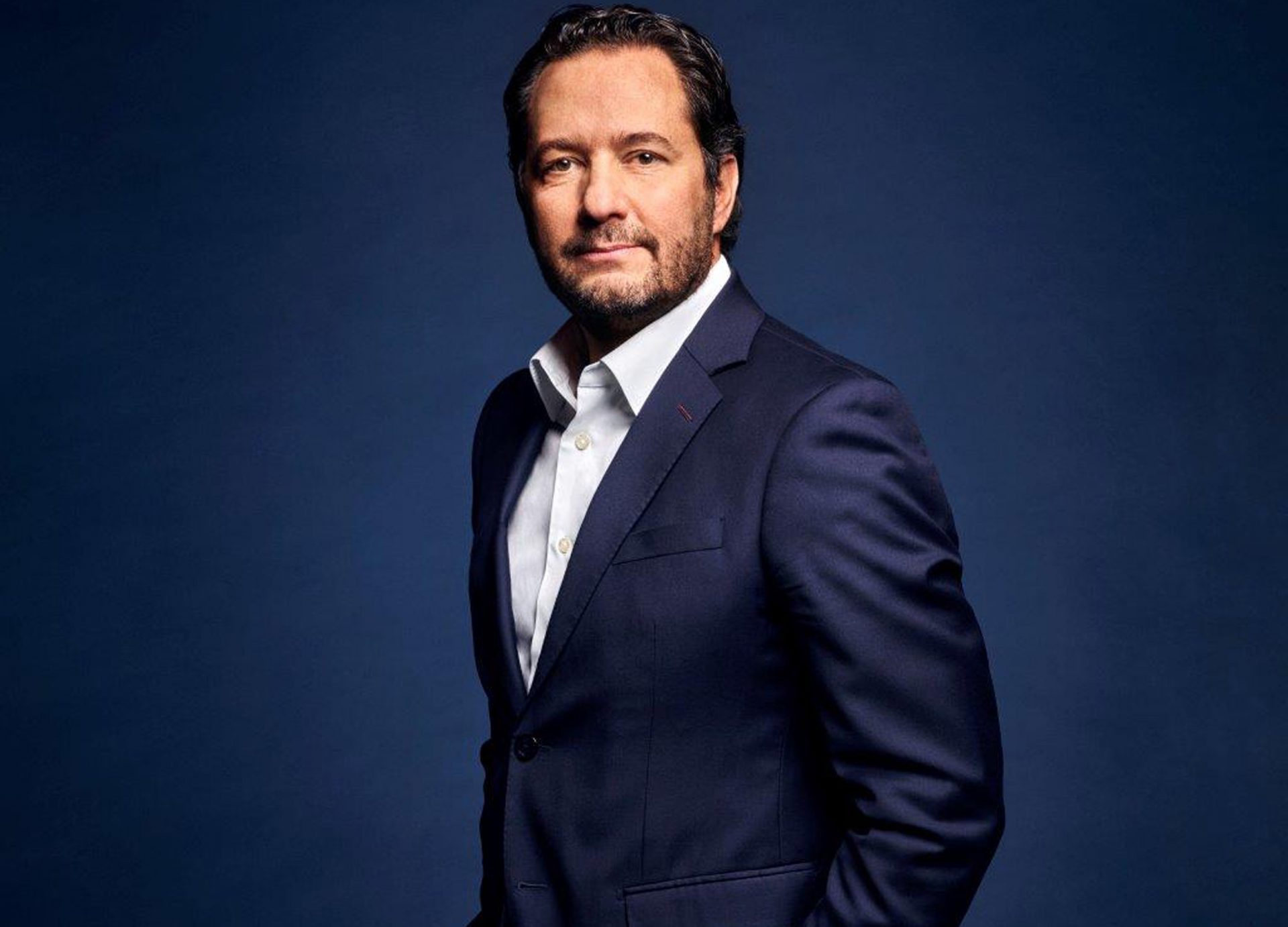
Its masterstroke is in seeming both to acknowledge Rolex’s all-conquering Daytona, the watch that partly owes its modern success to Zenith’s famous El Primero movement, while also defying it: the Chronomaster Sport sets itself up as the urbane, authentic alternative in the weird, inverted universe where the market’s defining product is largely unavailable.
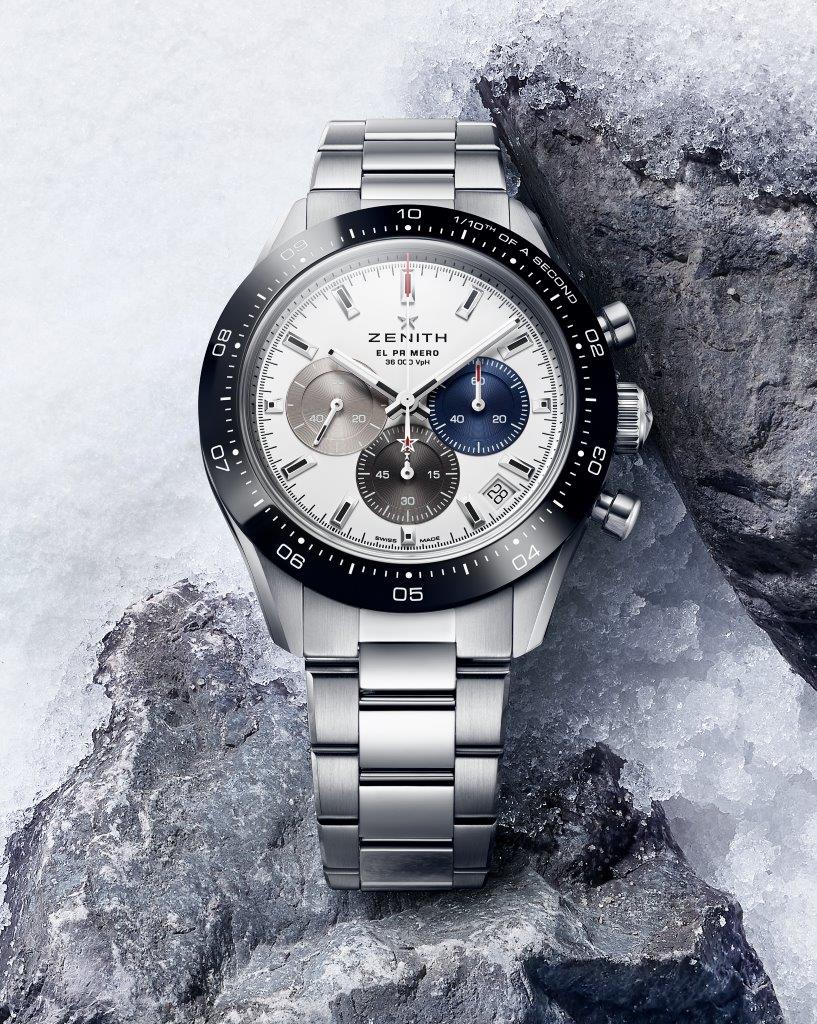
The result, says Mr Tornare, is order volumes six times higher than anticipated. “The waiting list is about four to six months, but we’re catching up,” he says. “We created something we never expected.”
Indeed: for years, Zenith seemed an unlikely candidate for such a zeitgeist-grabbing triumph. Beloved by insiders for its backstory, its in-house capabilities and for the El Primero in particular, its long-term struggle to convert credibility into consistent products and wider brand traction looked no closer to being solved when Mr Tornare was brought in by Jean-Claude Biver in 2017.
“I’d been in the industry 25 years, and had always known Zenith as a jewel that was not really shining. It was a sleeping beauty,” he says. “We saw it as something with huge leverage, but it was too turned to the past. You need to do watches of today, for clients of today.”
In the watch world, the recent past can seem like ancient history. That same year, for instance, Breitling and its giant fish tank limped through one more Baselworld with a suite of drab line extensions; soon after, Georges Kern and CVC Capital Partners swept in with an extremely large broom.
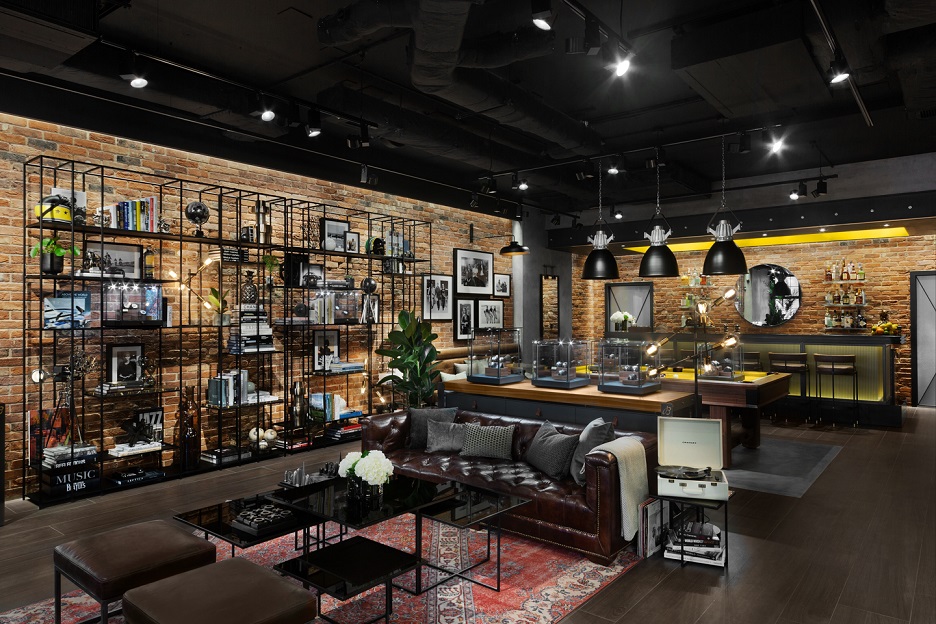
Meanwhile Cartier, then mired with wayward products and a tough global trading environment, had been applying itself to the astonishing task of destroying €200 million of unsold watches, all retailer buybacks – an epic cutting of deadwood.
The current CEO, Cyrille Vigneron, once told me that in 2016 Cartier had asked attendees of the SIHH watch fair how many of its previous year’s novelties they remembered – the answer was two or three. “We’d launched over a hundred,” Mr Vigneron said. “But of those, only half were distinctively Cartier.”
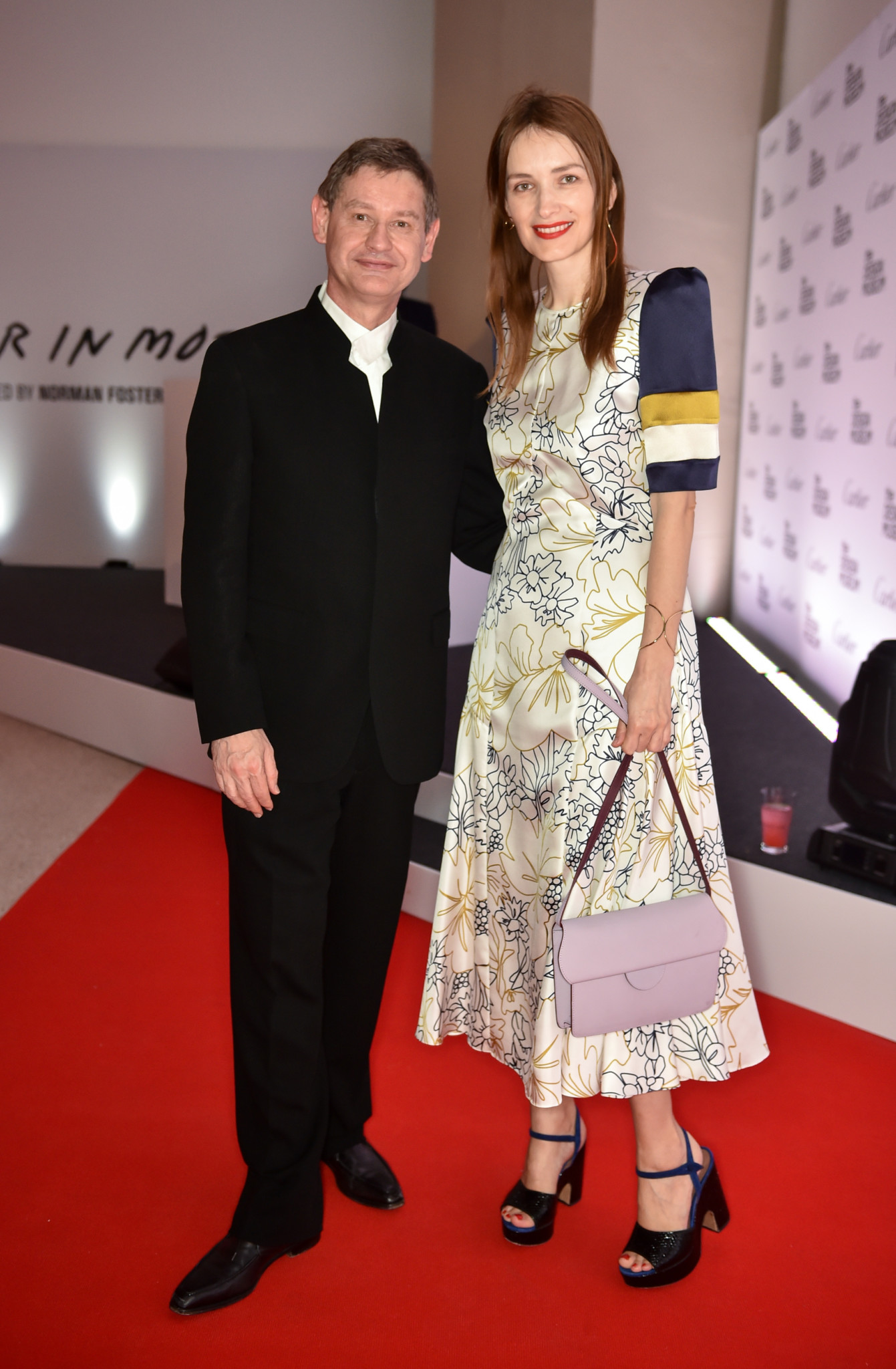
Five years on, Cartier’s re-rise to fashionability, with a watch strategy focussed on classic shapes, glamour and quality instead of recondite horological content, has been sensational.
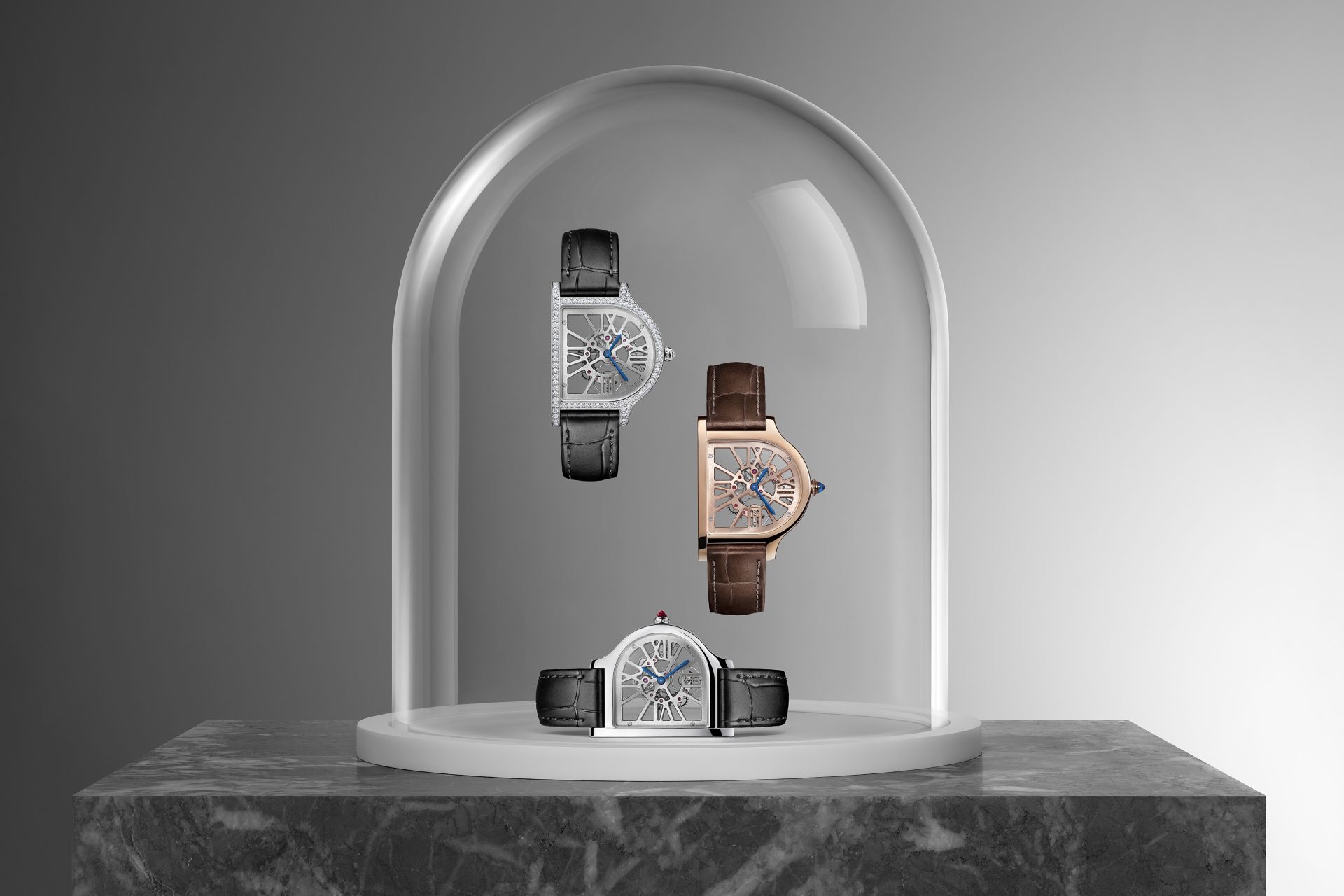
As has Kern’s reboot of Breitling, where macho corniness has given way to a hip, energised powerhouse, with clear product lines, well-picked ambassadors, overhauled branding and boutiques and vibrant partnerships.
According to insiders, Breitling is expected to have achieved sales of CHF 700 million for 2021, compared to CHF 400 million when Kern took over.
Mr Tornare’s rebooting of Zenith is a work in progress, but the shift in momentum and purpose is palpable. His reorganisations since 2017 have taken in everything from brand image (more contemporary, more aspirational), point of sale displays, and even the watch boxes. Most importantly, well-ordered collections around the Defy, Chronomaster, Elite and Pilot pillars have been established, with strong launches including the muscular Defy Extreme and a much-improved ‘Revival’ offering for vintage fans.
Digital transformation, including fully-fledged e-commerce and a flurry of online exclusive products, has been spurred on by the pandemic. The sleeping beauty of Le Locle has woken up.
“The brand was confused, but when you remove the dust you bring clarity,” says Mr Tornare. “The Chronomaster Sport is the front of the train, but it’s creating an aspiration on the whole collection now.”
Amid the epochal shifts in consumer tastes and market patterns of recent years (now accelerated by the pandemic), watch brand reboots have become a conspicuous undercurrent.
Besides Breitling, Cartier and Zenith, one might think of Girard-Perregaux’s recalibration around its Laureato bracelet watch; Panerai being positioned as a future-facing propagator of sustainable watchmaking; Parmigiani now stepping into a refined guise under new CEO Guido Terreni.
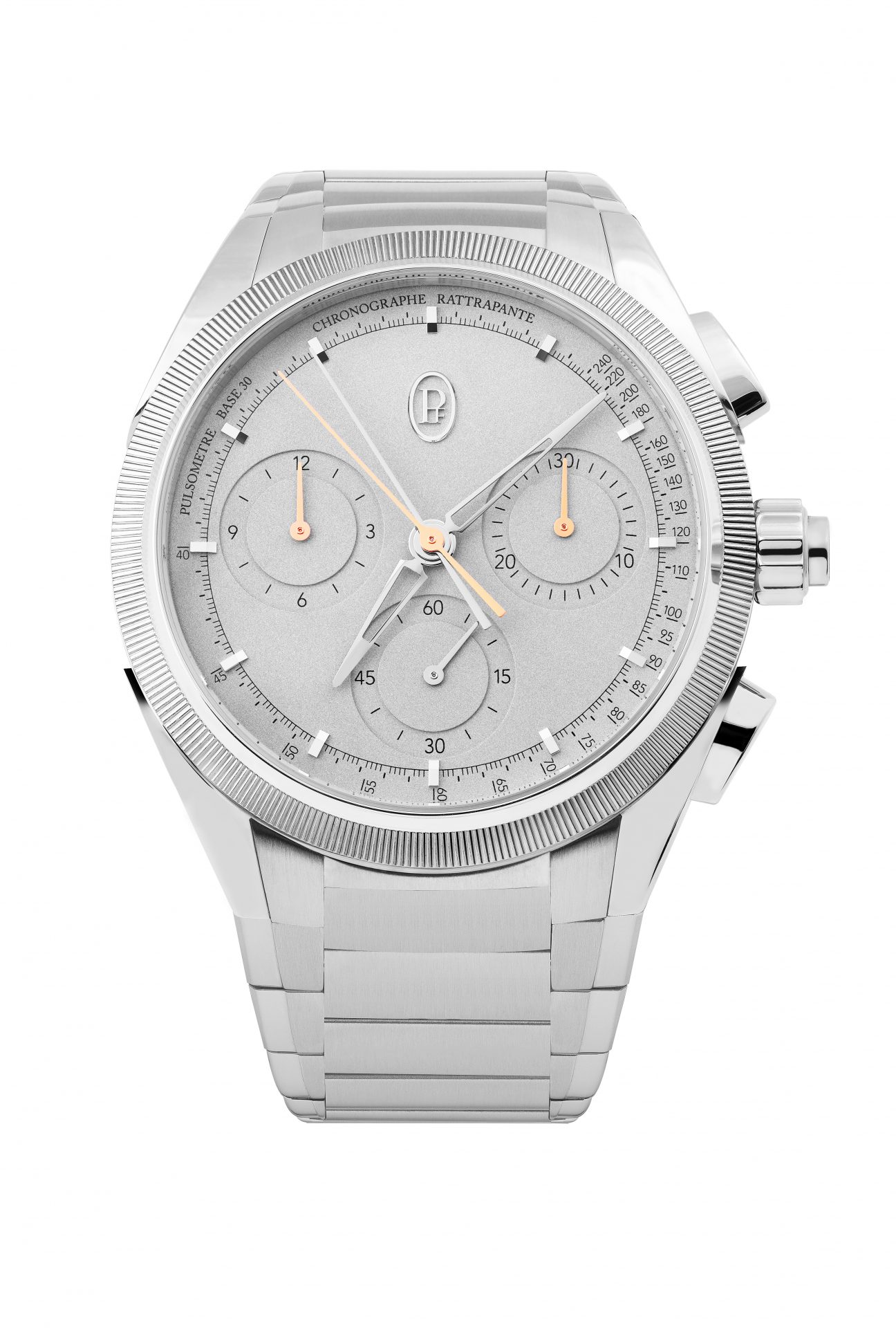
And then there’s little Louis Erard: a stalwart indie once seen as the entry point for Swiss-made mechanical watches, which had been fading into dilution and obscurity as bigger players like Tissot and Hamilton undercut its value offer.
The past 18 months have seen its unlikely rebirth as a darling of the collector community (and of GPHG academy voters), under the Svengali-like guidance of industry veteran Manuel Emch.
“They were considering closing down the company if they couldn’t find a way forward,” says Mr Emch, who sees himself as a creative rather than a CEO: one of his first moves was to remove hierarchy structures within the company.
“I don’t like micromanagement. But I’m an optimist — every brand can be built. We want to be a cool, independent, well-made and creative brand, and in this segment [between £1,000-£3,000] there’s no one.”
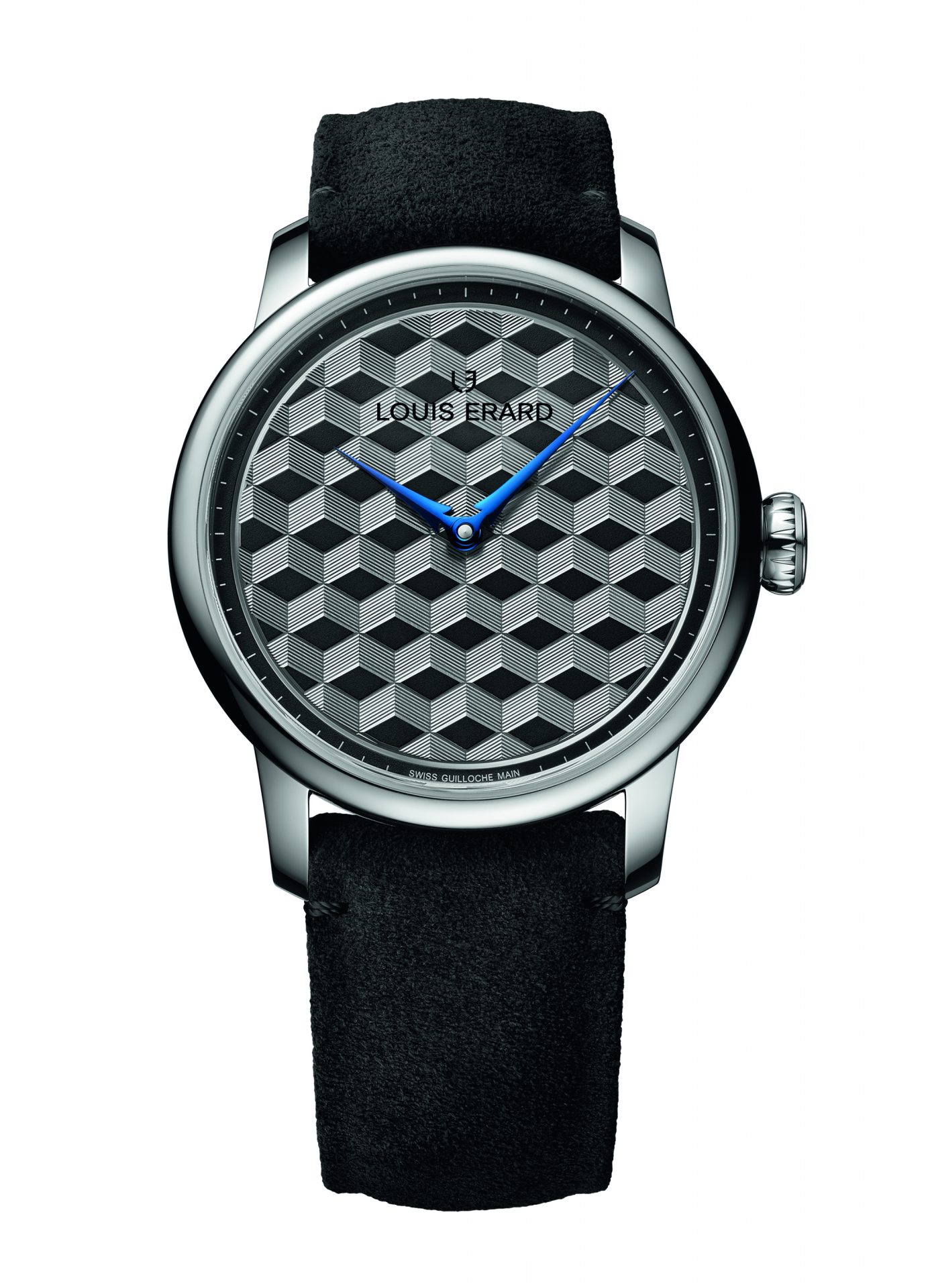
The industry consultant Oliver Muller, principal of Geneva-based LuxConsult, says it’s obvious when watch brands are in need of a shake-up: just look for those with sprawling, disordered collections.
“You always have someone arguing that somewhere in a specific market segment you’ll need this or that watch, but then you’re just adding and adding,” Mr Muller says.

“You can’t get opportunistic – every watch in your collection should fulfil a purpose if you want your client to understand what your brand is about. The more clearly you set up the collection, the better it’s understood by the client and also by people internally, and the more you sell. Just look at Rolex.”
This is the Gordon Ramsay theory of focused menus over all-things-to-everyone overreach, but it’s remarkable how many brands struggle with it. At Breitling, Mr Kern slashed the collection from around 650 references to 150, removing the overreliance on stale aviation tropes with clear product pillars of Air, Land and Sea. At Zenith, Mr Tornare brought things down from 200 watches across five families, to just 100 watches across four families (a decade ago, Zenith had over 800 watches).
Mr Emch, meanwhile, has taken Louis Erard from 300 references to just 10 basic models (regulator, automatic, sports chrono etc), which are then animated with alluring colours and dial details. If Louis Erard can’t now compete over the entry price, Mr Emch reasons, it can offer value and distinctiveness in other ways.
“You build it around everything else: the design, the dial, the emotions you elicit. These are things that high-end brands offer, that we’re creating access to that with an affordable philosophy,” he suggests.
To that end, Mr Emch’s coup has been to convince creative pioneers of the high-end independent world, like Alain Silberstein and Vianney Halter, to devise eye-popping limited editions that have been instant sell-outs, delivering both hype and surging resale prices (the watch world’s new, but reluctantly acknowledged badge of honour).
In tandem, he tapped metiers d’art specialists to provide exquisite hardstone dials and traditional guillochage at a price point where they’re never normally found. He points out that there’s no reduction in the fees paid to the artisans, but he’s happy to sacrifice a big slice of the usual markup – effectively to offer the watch for the price of the dial – to make Louis Erard interesting to an audience of informed, inquisitive collectors and enthusiasts: the kind who shop at retailers that embrace indies like Paris’s Chronopassion, Dubai’s Ahmed Seddiqi & Sons and Singapore’s The Hour Glass. All three now stock Louis Erard.
“This is a volume-driven segment, which used to mean replicating the most common things for the most customers, but that’s logic from the past,” Mr Emch says. “In watches, brand equity is about credibility, and I’d rather have 5,000 people saying this is the best and coolest thing, than ten times that number thinking it’s maybe just okay.”
In some ways, this appeal to a more specialist community is a variation on the efforts of Mr Kern, Mr Tornare and Mr Vigneron to take a more serious and considered approach to heritage and vintage-inspired models: Mr Kern by working with the collector Fred Mandelbaum, Mr Tornare by creating a raft of neat ‘Revival’ models shining new light into the early El Primero days, and Mr Vigneron by reviving the Cartier Prive banner for exquisite, collector-facing heritage editions.
“If you’re resetting a brand, you need your community saying this is cool, we like this – you’ll build up a lot of good will, so long as you’re not just paying lip-service,” says Oliver Muller. “But it’s important not to over-value it, because that can’t be the whole of your product identity. It’s just a part.”
Both Mr Tornare and Mr Emch recognise that this is a long game: Mr Tornare keeps a vintage telescope on his desk, given to him by his wife to remind him to keep his gaze beyond the near horizon. Mr Emch, for his part, knows that limited editions and collaborations can change the brand perception, but ultimately it’s the wider collection that does the business.
“Rome wasn’t built in a day. We’ve changed the whole organisation, the product, the approach, and also digitised the internal processes, and we’ve been extremely successful so far,” he says. He’s also cut 250 retailers, reducing the door count to 120 for now, while the digital overhaul means 50% of sales are now online through the brand’s website.
“Now we need to build momentum across the base collection,” he says, “and whatever doesn’t sell, we cut it. It’s not a question of the number of products, it’s how saleable.”

